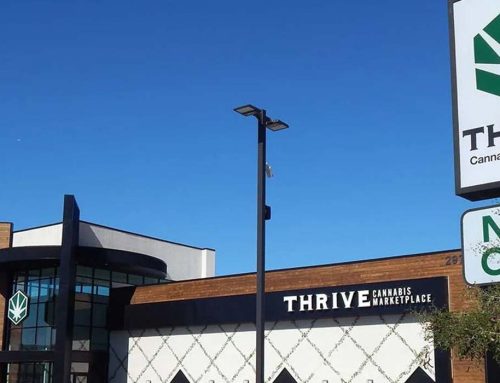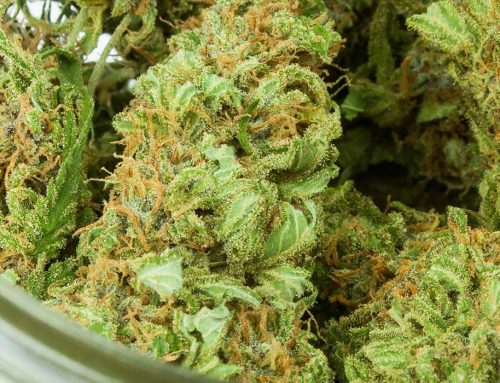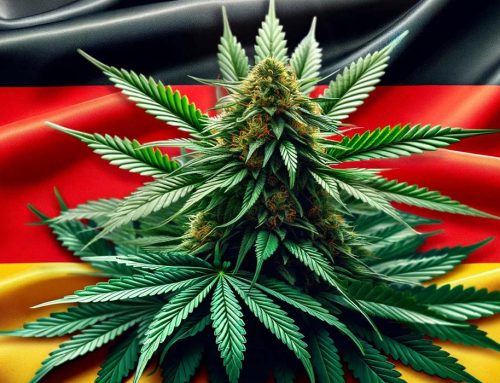The Drug Enforcement Agency (DEA) proposed new rules to expand opportunities for medical and scientific marijuana research. The agency announced measures that would allow for more registered marijuana growers and more diverse varieties of cannabis to be used in studies.
“The Drug Enforcement Administration continues to support additional research into marijuana and its components, and we believe registering more growers will advance the scientific and medical research already being conducted,” said Acting Administrator Uttam Dhillon in a press release.
“DEA is making progress to register additional marijuana growers for federally authorized research, and will continue to work with other relevant federal agencies to expedite the necessary next steps.”
The DEA’s move comes almost four years after the agency said it would look at new applications from marijuana growers to supply the research community in the US. Following the announcement, 37 research institutions applied for authorization to grow cannabis for research purposes but they received no response. In the face of the DEA’s inaction, two federal agencies expressed support for allowing researchers to obtain marijuana from state-legal dispensaries, while a bipartisan coalition of lawmakers urged the Department of Justice to allow this to happen without interference. Having grown tired of the perceived foot-dragging of the DEA, a coalition of research groups, led by the Scottsdale Research Institute (SRI), filed a lawsuit against the agency last year alleging it was ignoring its duties. The DEA argued that the large number of applicants and the US’s obligations to international drug treaties meant it had to develop new rules and regulations in order to approve new growers.
Sue Sisley, president and principal investigator of SRI, thinks the DEA’s announcement heralds those long-anticipated rules and regulations.
“This is an important step and a byproduct of the legal action we filed last summer. The agency indicated it would propose new rules to govern approving new applicants to manufacture marijuana for research, and these appear to be those rules,” Sisley said.
Currently, only one facility at the University of Mississippi is authorized to cultivate cannabis under a contract going back 50 years with the National Institute on Drug Abuse (NIDA). The marijuana produced there has been roundly criticized for being limited in supply, of poor quality and bearing little resemblance to the cannabis consumed throughout the country.
“When you’re talking about trying to develop cannabis into a medicine, [NIDA’s] product is fundamentally inadequate,” Sisley said.
In what is a fundamental change in policy, the notice issued by the DEA makes clear that the agency will assume ownership over all marijuana grown for research purposes in the US. The DEA will also hold exclusive rights to distribute the product to research facilities. These measures, the DEA asserts, are required to act in accordance with the 1961 Single Convention on Narcotic Drugs, a treaty brokered to combat drug trafficking.
For Larry Houck, a pharmaceutical industry consultant and former DEA policy advisor, this represents a “huge leap” in the agency’s functions. In a post on the FDA Law Blog, Houck asks whether the DEA can legitimately be both regulator and participant in marijuana cultivation for research purposes.
Sue Sisley questions the necessity of the DEA taking possession and distributing research-grade marijuana. She argues the DEA already allows for the manufacture and distribution of Scheduled drugs such as MDMA, LSD, and psilocybin for clinical research into, for instance, PTSD and depression without playing such a fundamental role.
“What we’re saying is [cannabis] shouldn’t be any different,” Sisley said.
Sisley notes that other countries, such as Canada and Australia, did not interpret the 1961 Single Convention as applying to in-country medical research, and so did not seek to take possession and control the distribution of grown marijuana.
“All of them have looked at the [Single Convention] language and decided that this treaty was never designed to block research,” Sisley said.
It’s still unclear how many of the 37 applicants seeking to grow cannabis for research will be successful. The DEA outlined some of the criteria manufacturers must meet as the “ability to consistently produce and supply marihuana of a high quality and defined chemical composition.”
Of perhaps crucial importance is a further provision stipulating “the applicant has demonstrated prior compliance with the Controlled Substances Act (CSA) and DEA regulations.”
This could prove to be a hurdle for applicants which operate marijuana dispensaries according to state law but in contravention of federal law, such as Columbia Care and The Giving Tree Wellness Center.
George Hodgin, CEO of Biopharmaceutical Research Company, another of the DEA applicants, is nonetheless enthused by the agency’s announcement.
“The release of this framework is absolutely monumental and is the biggest, the most meaningful, and material progress made in federal cannabis policy in decades,” he said. “We are ready and eager for the next steps from them, and we’re ready to move forward as soon as they are.”
The DEA’s proposal, available in full on the Federal Register, is open for public comments until April 22, 2020.






